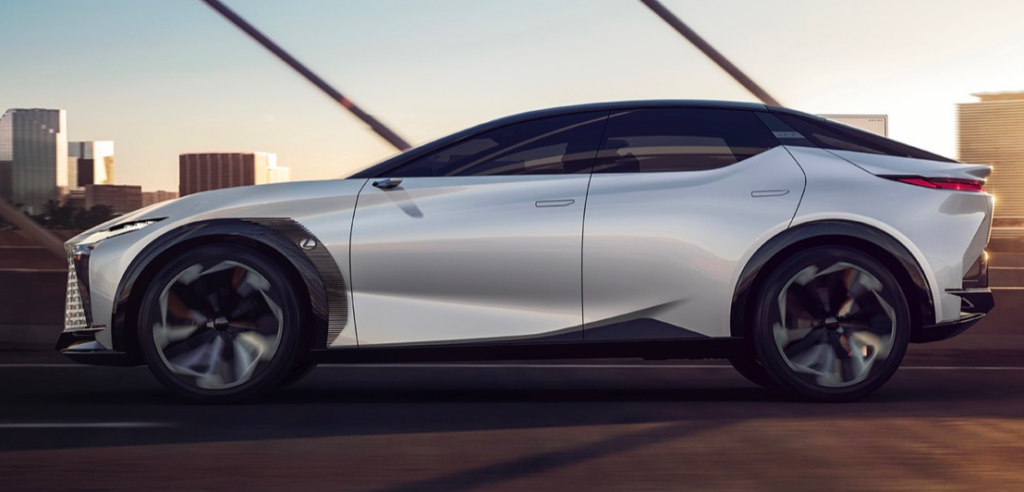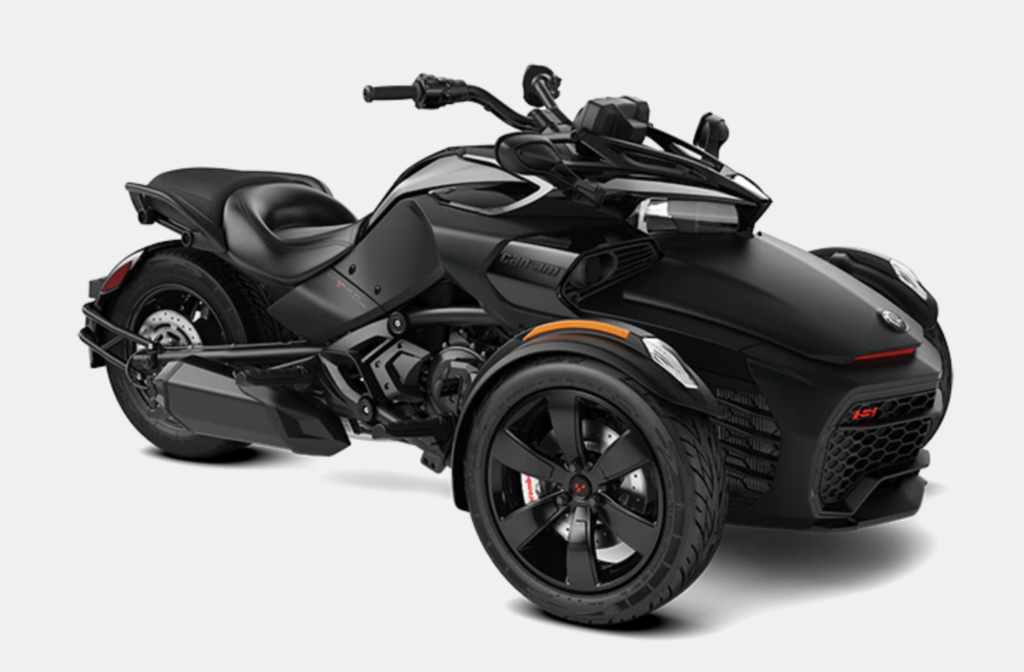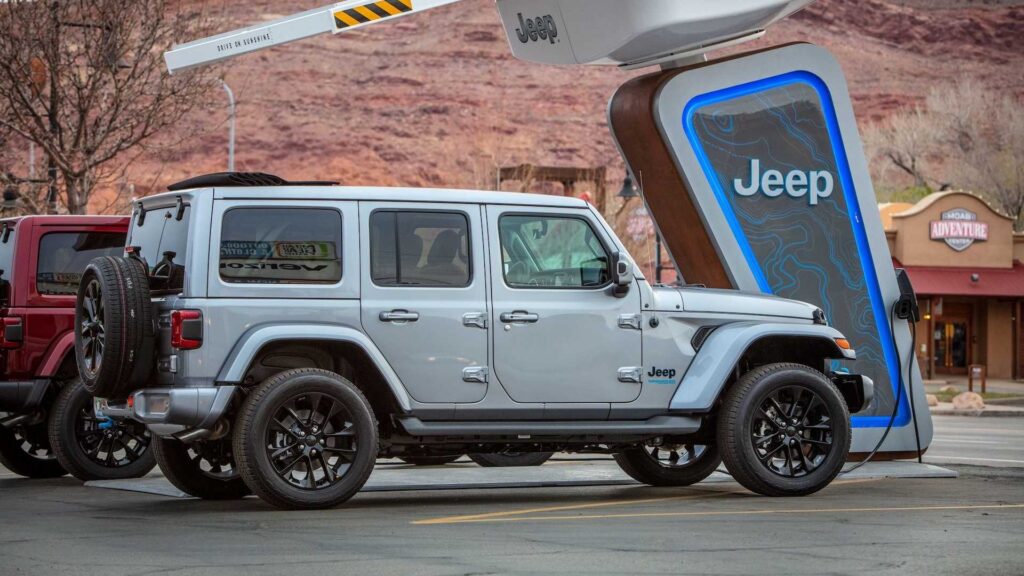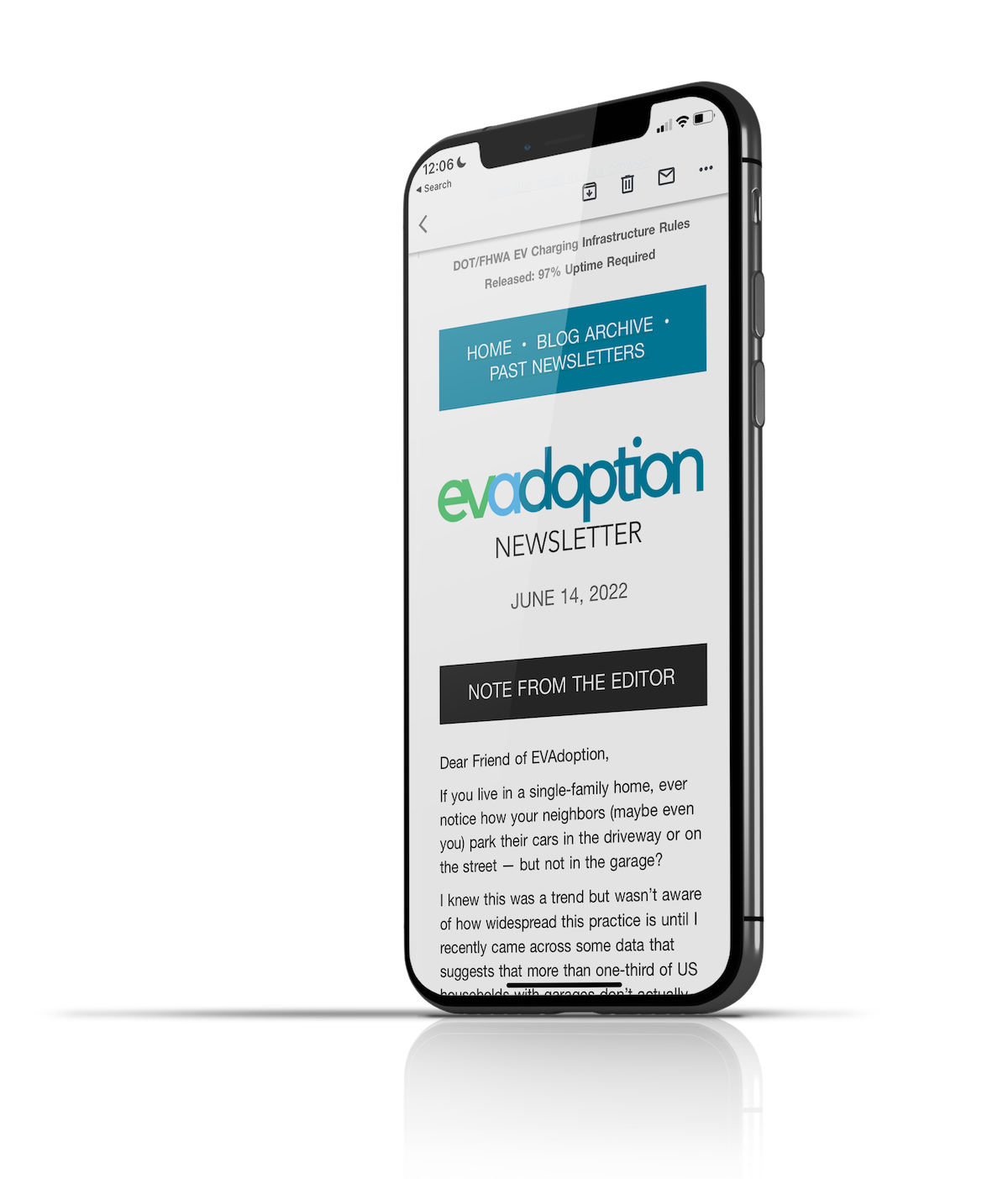This past week not only had the usual automaker electrification declarations and teases of EVs to come such as the Kia EV6 and Lexus LF-Z concept EV, but we had a huge April Fools’ joke from Volkswagen. In addition DHL adds to its electric delivery van fleet in the US, Jeep announces plans for a Level 2 charging network and solid article was published about the current poor experience facing EV drivers at the various EV charging networks.
Automakers and Models
Kia EV6 will have 282 miles of range and 800V Charging – Kia revealed specifications on Tuesday for its upcoming EV6, its first EV built on the Hyundai Group dedicated platform known as Electric-Global Modular Platform (E-GMP). The EV6, will come with two battery pack options, a 58 kWh pack or a 77.4 kWh pack with latter achieving a claimed range of over 316 miles (510 km) on the WLTP combined cycle. Converting this to estimated EPA range suggests range of roughly 282 miles.
It also has up to 800V charging, which allows ultrafast charging from 10–80% in just 18 minutes. The car’s charging system also has what Kia calls an Integrated Charging Control Unit (ICCU) that enables a “vehicle-to-load” (V2L) function, which is capable of discharging energy from the vehicle battery. The V2L function can supply up to 3.6kW of power and is capable of charging another EV or operating a 55-inch television and air conditioner simultaneously for more than 24 hours. The EV6 will be produced in South Korea and go on-sale in select global markets starting from the second half of 2021, with online reservations beginning from March 30 in some markets. No official pricing is yet available for the US, but Tom’s Guide estimates a starting price of around $56,000 for the base model with the 58 kWh battery pack. – March 30, via CleanTechnica
Volkswagen USA name change to Voltswagen is an April Fools’ joke afterall – At first I and most folks on social media thought the news that Volkswagen USA would change its name to Voltswagen was a brilliant April Fools joke. But indications made it increasingly seem like the company might actually be serious. As it turns out, we learned Tuesday afternoon that it was in fact a joke.
Here is the thing about the Voltswagen April Fools’ joke. The fact that so many people believed it was true, or were becoming less certain that it was a joke is testament to where we are in the evolution of EVs. One to two years ago no one would have fallen for it. Today, while out gut instincts suggested it was a joke, it was actually not that far fetched. That said, at the moment the German automaker only has a single EV for the US market, the ID.4 that will be arriving at dealers soon. – March 30, original story via The Verge

New Chinese Mini EV flying off the lots – Chinese customers took delivery of 200,000 Wuling Hongguang Mini EVs in the vehicle’s first 200 days of production. According to the Asian auto industry gurus at ZoZo Go, it’s the strongest product debut in the history of four-wheeled vehicles.
The Mini EV (no relation to the MINI brand owned by BMW) comes in two- and four-seater versions. It has a range of 106 miles and a top speed of 62 mph, and sells for between $4,500 and $6,300. It’s built by SGMW, a three-way joint venture of Shanghai Automotive, GM and Wuling Motors. Even SGMW executives were surprised by the car’s runaway success—they were expecting about 3,000 sales a month, but January’s figure was ten times that—enough to steal the title of world’s best-selling EV from Tesla’s Model 3. As ZoZo Go notes, the fact that the company was able to deliver so many is an impressive testament to the agility of its supply chain. – March 25, via Charged EVs
Lexus reveals LF-Z concept electric crossover targeting 2025 production – On Tuesday Lexus unveiled the LF-Z concept EV with few details providing little confidence that any new models based on it will reach market any time soon. Lexus is promising that by 2025, the luxury division of Toyota will introduce 20 new vehicles encompassing hybrids, plug-in hybrids, battery-electric vehicles, and “other electric vehicles” globally. That will include a mix of sedans and SUVs, as well as possible “sports models,” and what Lexus called “a car that redefines the concept of having a chauffeur.” Lexus aims to offer an electrified variant of every model by 2025, but not every model will be fully electric. It expects these models – likely still referring to a mix of electrified models—to outsell its gasoline models by that point. – March 30, via Green Car Reports

Bombardier Recreational Products (BRP) commits to electrification of its entire line of jet skis, go-karts, e-motorcycles, more – Bombardier Recreational Products (BRP), a major player in the powersports industry, has announced that it will unveil an electric version of each of its products by 2026. The Quebec, Canada-based company plans to invest $300 million in its electrification efforts over the next five years to achieve this milestone. EVAdoption: We don’t typically cover non-passenger electric vehicles, but this is pretty significant news and with the concept of mobility and multi-modal transportation reshaping what our needs are – an electric 3-wheeler could in the future replace 4-wheeled vehicles instead of 2-wheeled motorcycles. – March 26, via Electrek

DHL Express to deploy 100 EVs produced by Lightning eMotors – International express shipper DHL Express will acquire 89 more electric vans from Lightning eMotors this year, after a running a successful pilot program with nine EV vans. Last year in the US DHL Express tested deliveries using nine Ford Transit 350HD vans electrified by Lightning eMotors. Lightning eMotors is a Colorado-based EV manufacturer that specializes in zero-emissions solutions for commercial fleets. DHL’s “Green Fleet” expansion is part of a larger sustainability roadmap launched by the Deutsche Post DHL Group with the mission to have zero-emissions logistics by 2050. – March 24, via Electrek
Batteries, Range and Charging
The US Is Real Close to Screwing Up Electric Vehicle Charging Forever – Despite much improvement over the last five years, the EV charging landscape is still fractured and confusing. And, federal subsidies or not, nearly all industry observers anticipate a boom in charger installations over the next several years.
The big question facing the EV industry, which will have huge ramifications for EV users in the next decade and beyond, is whether the end result will be an open access charging landscape or a series of walled gardens. Will you be able to pull into any EV charging station and “fill up” in a reasonable amount of time for a reasonable price? Or will more chargers than not be closed off unless you’re driving a specific car brand? EVAdoption: This is a lengthy read, but well-written and important article that is worth the read. Besides the issue of open versus closed EV charging networks, the author raises well-known issues around charging standards, interoperability, and reliability among others. Stay tuned for an article and measurement framework around holding the charging networks accountable for service levels and customer experience. – March 29, via Vice
Edmunds Tests Tesla, VW ID.4 and Mustang Mach-E Actual Range and Reserve Range – In February 2021, Edmunds reported that every Tesla failed to hit its EPA range estimate in Edmunds’ real-world EV range testing. Tesla argued that Edmunds hadn’t accounted for the safety buffer: additional miles after an indicated zero that would see its vehicles match EPA figures, and so Edmunds assembled a group of five new electric vehicles from Tesla, Ford and Volkswagen to test Tesla’s claim. Edmunds tests showed that there is no fixed safety buffer. Even allowing for the additional miles recorded after an indicated zero, only two of the six Teslas we tested would hit their EPA figures in our real-world conditions. EVAdoption: All of the various testing cycles for EV range have flaws, but the value is in being able to compare vehicles. If each OEM has a different approach to their battery buffer range, then the EPA numbers become less trustworthy. Let’s hope that the EPA can soon find a testing method that ensures apples to apples comparisons. – March 25, via Edmunds
Jeep Is Building A Charging Network For The Wrangler 4xe At Off-Road Trails – Jeep is building a charging network for its electrified models and will be called the Jeep 4xe Charging Network. The Jeep-branded charging stations will be built at or near the trailheads of Jeep Badge of Honor off-road trails over the next year. Electrify America is partnering with Jeep to build the charging network. The charging stations will have Level 2 chargers, but because the Wrangler 4xe PHEV has a small 17-kWh battery pack, it can fully charge in two hours with a Level 2 charger. Once fully charged, the plug-in hybrid off-roader can travel up to 21 miles on all-electric energy. Electrify America will also provide a custom mobile app that will unlock free charging for Jeep 4xe owners. – March 27, via InsideEVs

Magna to build EV battery component plant in Michigan – Magna has broken ground on a new manufacturing facility in St. Clair, Michigan, that will build complex battery enclosures for the all-new 2022 GMC Hummer EV. Construction of the 345,000 square-foot facility, named Magna Electric Vehicle Structures, represents more than a $70 million investment that is expected to bring more than 300 jobs to the city of St. Clair over the next five years. – March 25, via Magna press release
Regulations and Incentives
Transportation Secretary Pete Buttigieg Doesn’t Endorse 2035 ICE Vehicle Ban – At a recent U.S. House hearing, Buttigieg said that he was unaware of any support for an ICE vehicle ban by 2035 from the Biden administration and said that he has “not heard of anything to that effect at the national or federal level.” Buttigieg also noted that several automakers, including General Motors, have already committed to transitioning to electric power on their own accord. “I’ve not heard of that in a mandatory context but that certainly seems to be where the U.S. auto industry is headed,” Buttigieg said. – March 26, via Ford Authority
Carper, Burr, Cortez Masto, Stabenow Introduce Legislation to Spur Investments in Clean Vehicle Charging and Refueling Stations – Four US senators introduced legislation on last week to promote investments in clean vehicle infrastructure, such as electric vehicle charging stations and hydrogen refueling stations for fuel cell vehicles. The Securing America’s Clean Fuels Infrastructure Act would improve and expand the Alternative Fuel Vehicle Refueling Property Investment Tax Credit (ITC), commonly referred to as “30C,” lowering costs for clean vehicle infrastructure deployment. If implemented, Securing America’s Clean Fuels Infrastructure Act would do three things:
- Clearly state that the 30C ITC can be applied to each item of refueling property (i.e., each charger) rather than per location.
- Increase the 30C ITC cap for business investments from $30,000 to $200,000 for each item of refueling property.
- Extend the 30C ITC tax credit for eight more years from the December 31, 2021 expiration date, which means the 30C ITC would apply to refueling property that is placed in service by December 31, 2029.
The full text of the bill can be found here. – March 25, via Senate press release
Funding, IPOs and M&A
ArcLight Clean Transition Corp. II (ACTDU) Prices Upsized $275M IPO – ArcLight Clean Transition Corp. II announced the pricing of its upsized $275 million IPO and its units are expected to begin trading on the Nasdaq under the symbol “ACTDU”, Tuesday, March 23. The new company aims to combine with a target business accelerating the transition toward sustainable use of energy and natural resources. ArcLight II is led by Chairman Daniel R. Revers, President and CEO Jake F. Erhard, CFO Marco F. Gatti, and COO Rick S. Knauth.Total SPAC deal count for 2021 year-to-date is now 284. This offering is expected to close on Thursday, March 25. – March 23, via SPACInsider

